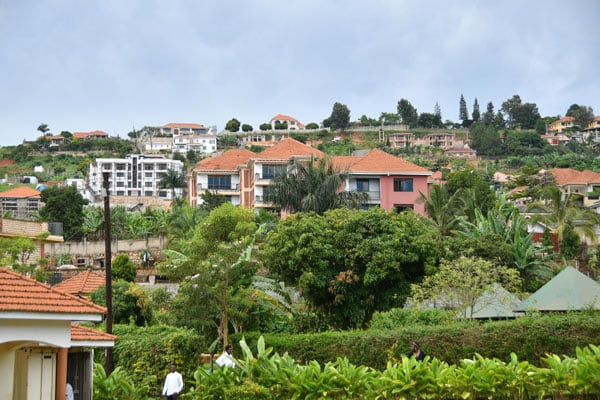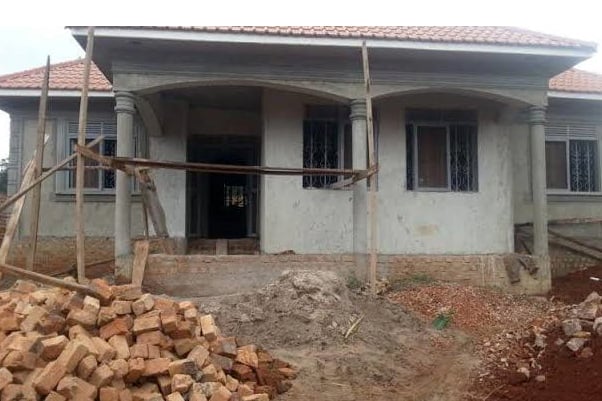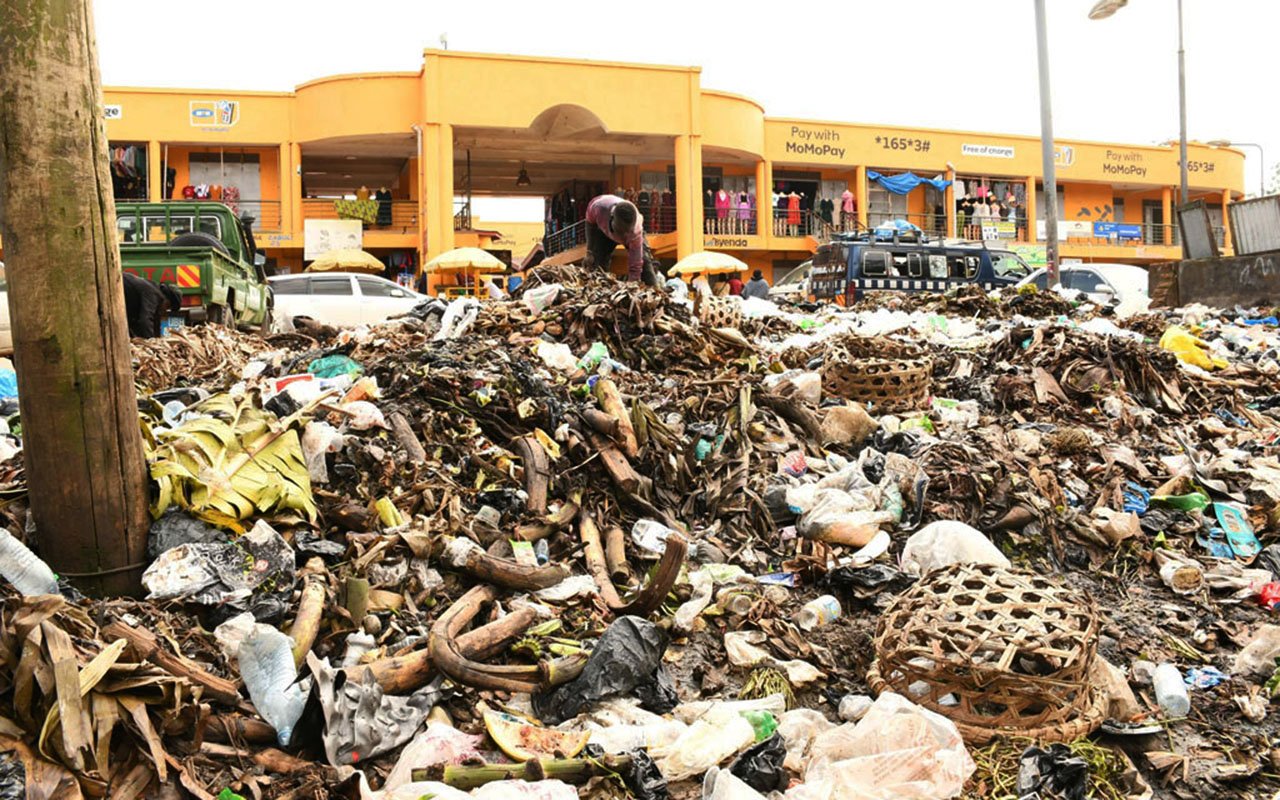Prime
Greater Kampala needs 62,000 housing units annually to contain rising population, says report

The rapid growth in population in Greater Kampala is expected to put pressure on housing. Photo / Edgar R Batte
What you need to know:
- The population of Greater Kampala is projected to grow by 3.3 million people by 2030 to 8.5 million, thus requiring an average of 62,800 housing units annually
Areas within Greater Kampala Metropolitan Area will need an annual average of at least 62,800 new housing units in the next six years to deal with a surge in urban population.
A Knight Frank study on commuter towns in Greater Kampala Metropolitan Area indicates that the population is projected to expand by 4.24 percent annually in the six years to 2030, with the number of people expected to rise by 3.3 million from 5.2 million.
Therefore, this will require the construction of approximately 62,800 new housing units per year to accommodate the population that is projected to exceed 8.5 million by 2030.
The report, which reviews housing and population projections in parts of Kampala, Wakiso, Mukono, and Mpigi, further indicates that among the four districts, Wakiso will experience the highest rate of population growth of 6.3 percent, thus requiring an average of 52,000 new housing units in the six years to 2030, followed by Kampala at a 1.5 percent, which will require an average of 17,000 housing units per year.
Mukono and Mpigi populations will expand by 2.5 percent and 2 percent, requiring an average of 12,000 and 10,000 new housing units per annum, respectively.
The report notes that Wakiso, on the fringes of Kampala city, is the focal location for Kampala’s commuter towns, with several people seeking proximity to the central business district and a mix of suburban lifestyles, choosing it as the choice residence town, while Mukono and Mpigi remain less popular due to accessibility challenges.
“Several road networks have been set up in [Wakiso] improving accessibility. These include northern bypass, which connects to roads north of [Greater Kampala Metropolitan Area] including Masaka, Mityana, Sentema, Hoima, Bombo, and Gayaza, among others. The Entebbe expressway has significantly eased access to the southern suburbs of Entebbe, Kajjansi, and surrounding areas,” the report reads.
However, the increase in urbanisation, improved infrastructure, and population pressure, among others in commuter towns has consequently pushed land prices upwards by between 8 percent and 20 percent, with towns along Gayaza Road experiencing the highest increase in land value.
For instance, according to the report, between 2019 and 2023, the increase in the value of land has been highest in Mbalwa, Namugong in Wakiso District, where the price of an acre has risen by 16 percent from between Shs350m and Shs500m to between Shs600m and Shs800m.
In Seeta and Mukono Municipality, in Mukono District, the value has increased by 12 percent from between Shs250m and Shs330m to between Shs400m and Shs600m, while in Gayaza the value per acre has increased by 13 percent from between Shs220m and Shs300m to between Shs350m and Shs500m.
The report also notes that commuter towns remain key in decongesting the central business district, as well as offering residents a blend of tranquility and urban convenience while presenting lucrative opportunities for real estate developers and investors establishing essential amenities such as shopping centres, healthcare facilities, schools, and recreational spaces.
Average Land Prices and increase in Select Towns between 2019 and 2023
Town | Price per acre | Price increase |
Mbalwa | Shs600m-800m | 16 percent |
Mukono | Shs400m-600m | 12 percent |
Seeta | Shs400m-600m | 12 percent |
Gayaza | Shs350m-500m | 13 percent |
Nakwero | Shs250m-480m | 27 percent |
Bulenga | Shs300m-400m | 11 percent |
Matugga | Shs150m-250m | 10percent |
Kiwenda | Shs15Om-240m | 16 percent |
Buwambo | Shs100m-150m | 8 percent |





